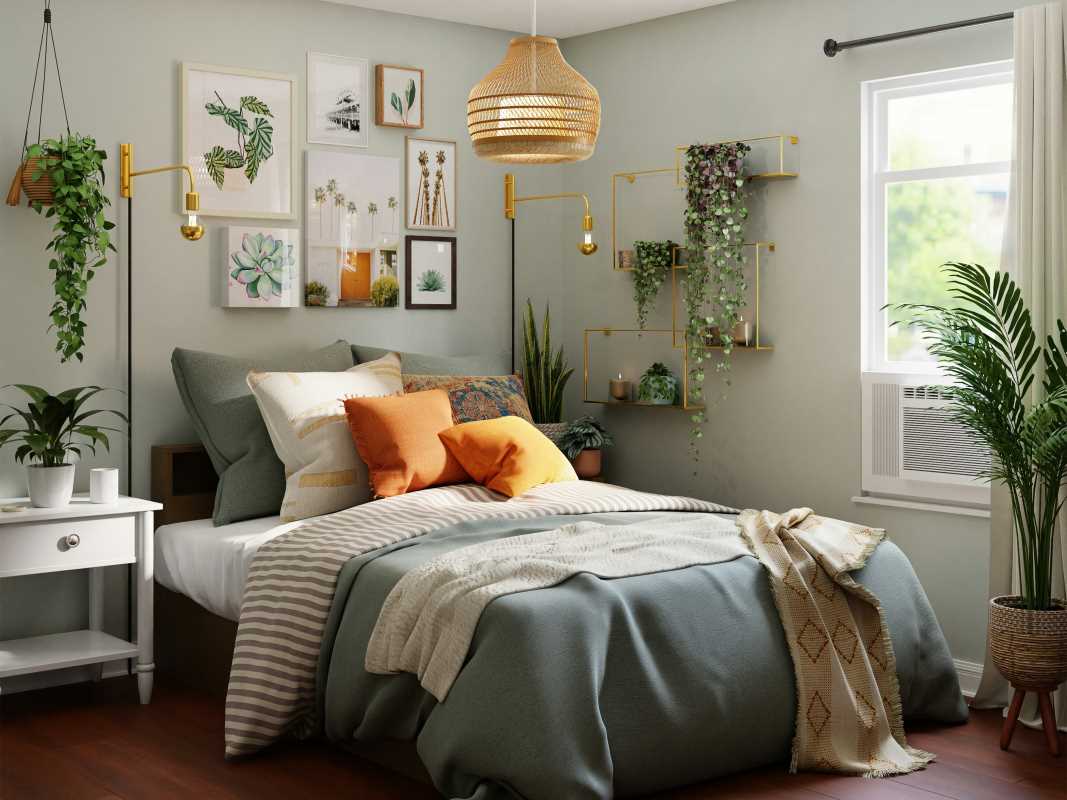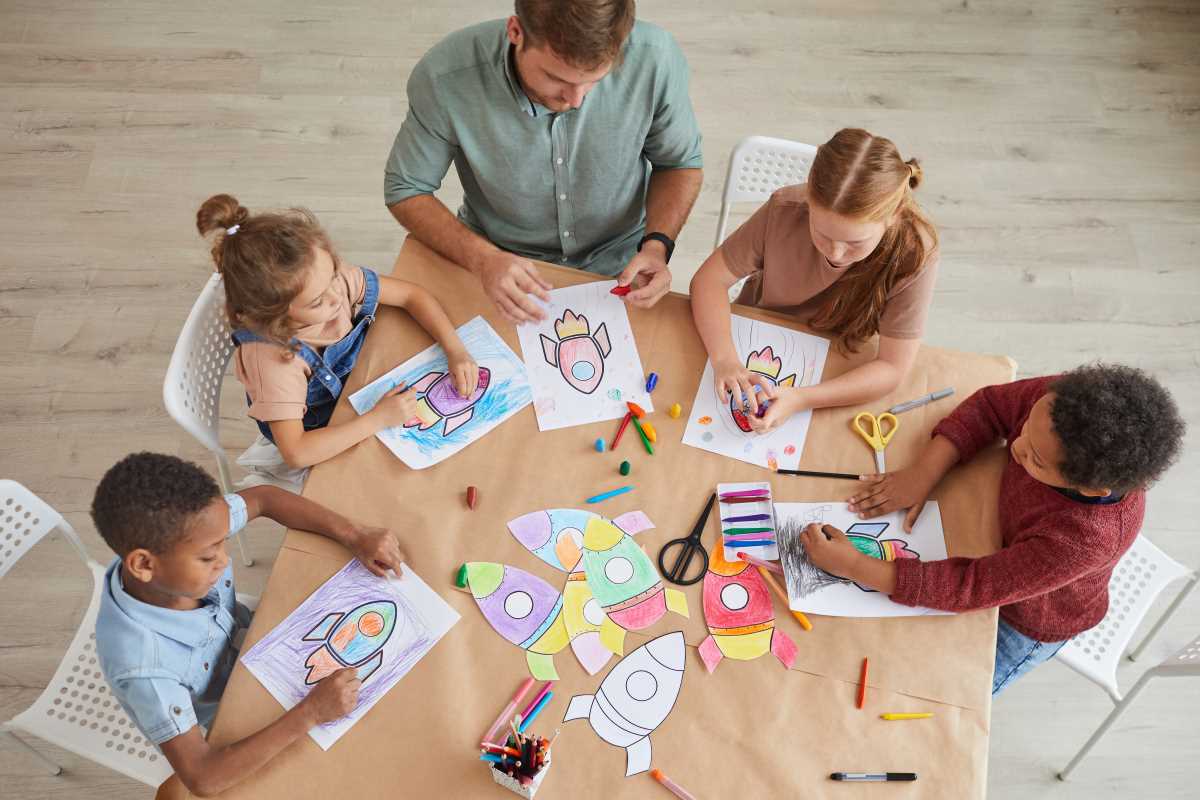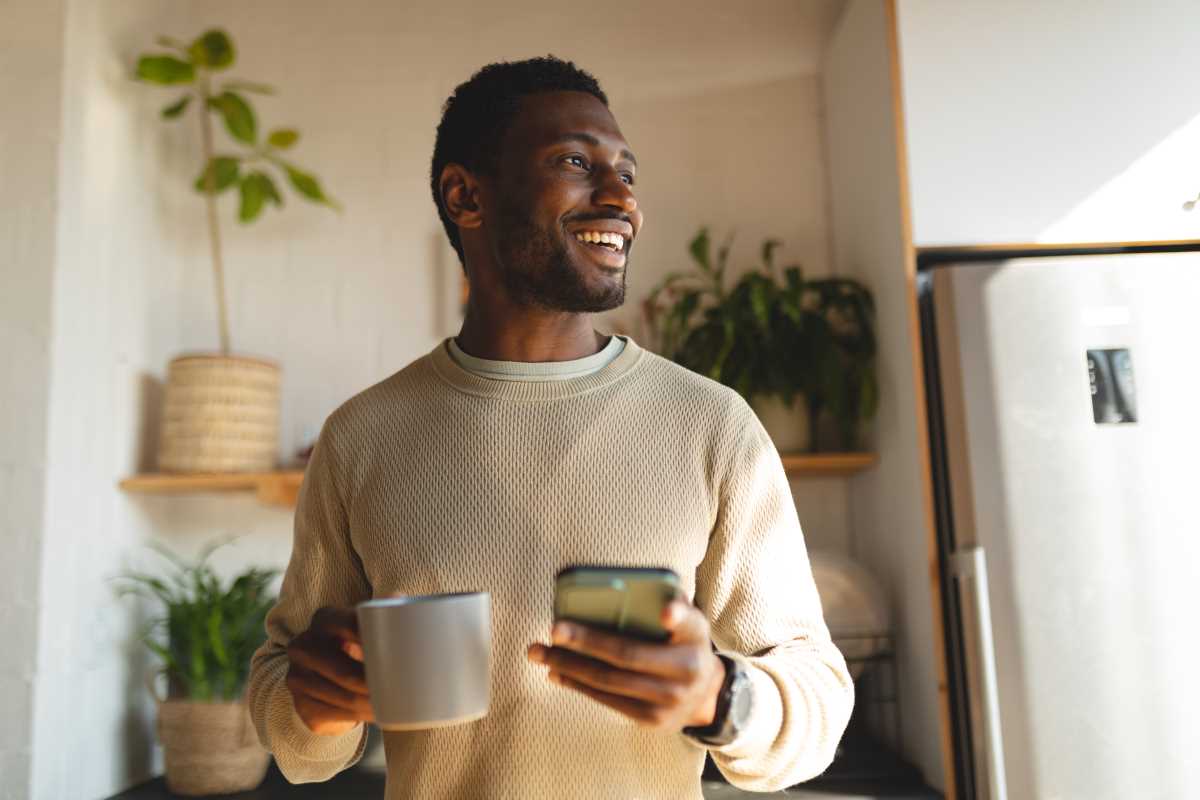Design aesthetics play a crucial role in shaping our environments, influencing how we feel and function within our spaces. The way we choose to decorate our homes and offices can have profound effects on our mood, productivity, and overall well-being. Two prominent design philosophies, minimalism and maximalism, present contrasting approaches to interior design, each with unique appeal and merits. Understanding these two styles can guide you in discovering your design aesthetic, enabling you to create spaces that truly reflect your personality and lifestyle.
Understanding Minimalism
Minimalism is a design philosophy characterized by "less is more." It focuses on simplicity, clean lines, and a clutter-free environment. In minimalist spaces, you’ll typically find a limited color palette dominated by neutral tones, such as whites, grays, and beiges. The emphasis is on functionality and practicality, where each piece of furniture and decor serves a clear purpose.
The origins of minimalism can be traced back to the early 20th century, gaining prominence in the 1960s as a reaction against the excesses of previous design movements. Influenced by Japanese aesthetics, modern architecture, and the growing idea of decluttering, minimalism encourages individuals to pare down their possessions and embrace simplicity.
In a minimalist space, the absence of clutter creates a sense of tranquility and calm. Careful selection of furniture and decor allows each piece to stand out, making the environment feel more open and spacious. This approach not only enhances the aesthetic appeal but can also improve mental clarity and reduce stress. Minimalism advocates for intentional curation of belongings, emphasizing the importance of keeping only what brings joy or serves a functional purpose.
The Allure of Maximalism
In stark contrast, maximalism embraces boldness, abundance, and personalization. This design philosophy encourages the layering of colors, patterns, and textures, often resulting in a vibrant and eclectic atmosphere. Maximalist spaces are characterized by various decorative elements, from oversized artwork to intricate textiles, creating a visually stimulating environment.
Maximalism has roots in various historical movements, including Baroque and Rococo styles, which celebrated opulence and extravagance. It allows individuals to fully express their personalities, transforming their spaces into personal narratives filled with memories and experiences. Every item in a maximalist room tells a story, whether it’s a vintage find from a flea market or a cherished souvenir from a trip abroad.
This design aesthetic thrives on contrast, mixing different styles and eras to create a unique and inviting atmosphere. In a maximalist space, you might find bold colors paired with intricate patterns or modern furniture alongside vintage pieces. The key to successful maximalism lies in balancing chaos with cohesion, ensuring that while the space may feel busy, it still maintains a sense of harmony and purpose.
Key Differences Between Minimalism and Maximalism
The differences between minimalism and maximalism extend beyond aesthetics; they also reflect differing philosophies about life and the environment. Minimalism values simplicity, emphasizing a clear space that promotes mindfulness and focus. It encourages individuals to detach from material possessions and seek fulfillment through experiences rather than things. This can lead to a lifestyle that is less cluttered, both physically and mentally.
On the other hand, maximalism embraces abundance and the idea that more is more. It champions the belief that personal expression should not be limited, allowing creativity and individuality to shine. Maximalist designs can evoke joy and excitement, appealing to those who find beauty in chaos. This approach encourages a sense of nostalgia and connection to personal history, showcasing the richness of life experiences.
From a practical standpoint, minimalism can make maintenance easier, as fewer items require less cleaning and organizing. Conversely, maximalism can lead to a more complex upkeep routine due to the variety of items and surfaces present in the space. For those who thrive in organized environments, minimalism may provide a greater sense of comfort. However, individuals who derive joy from collecting and displaying a range of items may find maximalism to be a more rewarding approach.
Choosing Your Design Aesthetic
Finding the right design aesthetic for your space involves introspection and exploration. Begin by considering your lifestyle, values, and preferences. Do you thrive in serene environments that promote calm and focus, or do you find joy in vibrant, eclectic spaces that reflect your personality? How different environments make you feel can help clarify your aesthetic.
To further explore your design aesthetic, consider creating a mood board. Collect images, colors, and textures that inspire you, and see whether they lean more toward minimalism or maximalism. This visual representation can help clarify your preferences and guide your design journey.
Think about the functionality of your space. Minimalism often excels in smaller environments where clutter can easily overwhelm. If you live in a compact apartment or have limited space, a minimalist approach may provide a more breathable and organized living experience. Conversely, if you have a larger space and enjoy showcasing your personality through decor, maximalism may be a better fit.
Your lifestyle might also influence your choice. For example, if you frequently entertain guests, a maximalist approach could create an inviting atmosphere filled with conversation starters. In contrast, if you work from home and require focus, a minimalist design might better suit your needs.
Experimenting with Hybrid Styles
If you find it challenging to commit to either minimalism or maximalism fully, consider exploring hybrid styles. Many modern interiors blend elements of both aesthetics, allowing for a personalized approach that captures the best of both worlds. For example, you might opt for a minimalist foundation with clean lines and a neutral color palette while incorporating maximalist elements through bold accent pieces or statement artwork.
Experimenting with hybrid styles can also mean creating designated areas within your space. Perhaps your living room features a minimalist design, while a cozy reading nook is filled with vibrant patterns and textures. This approach allows you to express different facets of your personality and create zones that cater to various moods and activities.
Be open to the idea of evolving your space over time. Your design aesthetic may shift as your life circumstances change, and that’s perfectly okay. Embrace the journey of discovery, and don’t hesitate to rearrange, declutter, or add new elements as needed.
The Role of Color and Texture
Color and texture play pivotal roles in both minimalism and maximalism, influencing the overall mood and aesthetic of a space. In minimalism, the color palette is typically muted and cohesive. Shades of white, beige, gray, and soft pastels dominate, allowing for a calm and serene environment. Texture in minimalist design is often subtle, emphasizing materials like wood, metal, and stone to add depth without overwhelming the senses.
In contrast, maximalism encourages a vibrant and varied color palette. Bold hues, intricate patterns, and diverse textures create a sense of warmth and personality. Layering different fabrics—such as plush rugs, velvet cushions, and textured wall hangings—can enhance the richness of a maximalist space. The interplay of colors and textures invites curiosity and engagement, making the environment feel alive and dynamic.
When designing your space, consider how color and texture resonate with your personal style. You might find that certain colors evoke specific emotions or memories, guiding your choices as you curate your environment. A well-thought-out color scheme can influence not just the aesthetic but also the ambiance, making the space feel welcoming or invigorating, depending on your intentions.
Furniture Choices and Layout
Furniture selection and layout can greatly impact the overall aesthetic of a space. Minimalist design favors functional and streamlined furniture, often opting for pieces with clean lines and simple silhouettes. The focus is on quality over quantity, with each item chosen carefully for its functionality and aesthetic appeal. In minimalist interiors, open layouts allow for fluid movement and emphasize the area's spaciousness.
Maximalism, on the other hand, invites a more eclectic approach to furniture. This style combines various shapes, sizes, and eras, creating a dynamic and visually stimulating environment. A maximalist living room might feature a vintage armchair next to a modern sofa, surrounded by various decorative accessories and artwork. The layout may be cozier and more intimate, encouraging conversation and interaction.
When choosing furniture for your space, consider how each piece contributes to your overall design aesthetic. Take time to experiment with different arrangements, keeping in mind the flow and functionality of the room. You may discover that a well-placed statement piece can act as a focal point, drawing the eye and adding character to the space.
Personalization and Storytelling
At the heart of both minimalism and maximalism is the concept of personalization. Each aesthetic offers a unique avenue for expressing your individuality and life experiences. Minimalism encourages the thoughtful curation of belongings, where every item has a story or purpose. This creates a serene environment that feels intentional and meaningful.
Maximalism thrives on personal expression, inviting you to showcase your history and memories through decor. The layering of items creates a visual narrative, reflecting your passions, travels, and experiences. In a maximalist space, every piece of art, accessory, and furniture has the potential to evoke a memory or spark conversation.
As you embark on your design journey, consider how you can infuse your space with personal meaning. Whether through cherished family heirlooms or travel souvenirs, incorporating items that resonate with you can enhance the emotional connection to your environment.
Mindfulness and Intentional Living
Both minimalism and maximalism encourage mindfulness and intentional living, albeit in different ways. Minimalism promotes a lifestyle focused on simplicity, urging individuals to consider the value of each item they bring into their lives. This mindfulness often extends beyond design, influencing daily habits and choices. Practitioners of minimalism may find themselves more aware of their consumption patterns, opting for quality over quantity and prioritizing experiences over material possessions.
Maximalism, conversely, celebrates the richness of life and the joy of accumulation. It encourages individuals to fully embrace their interests and passions. This approach can foster a sense of happiness and fulfillment as people surround themselves.







